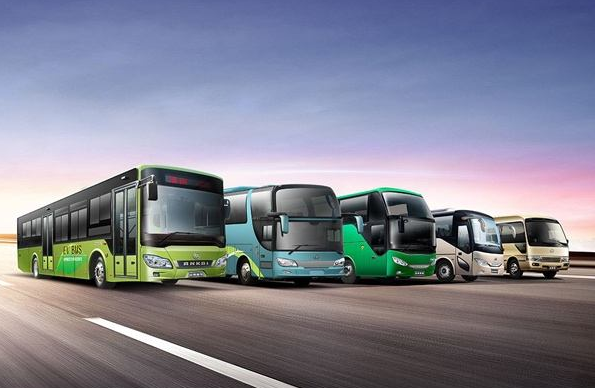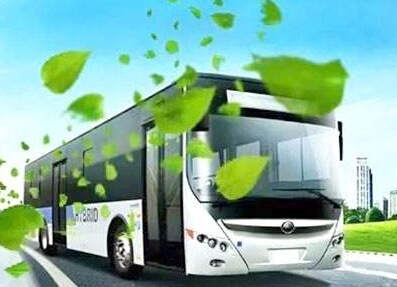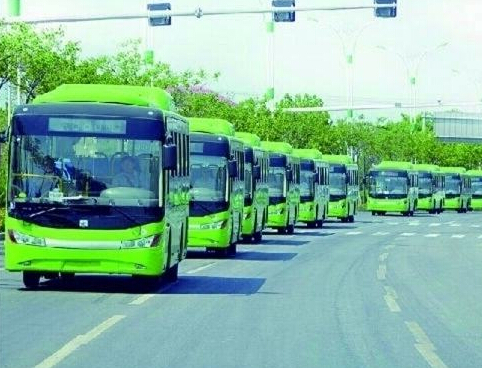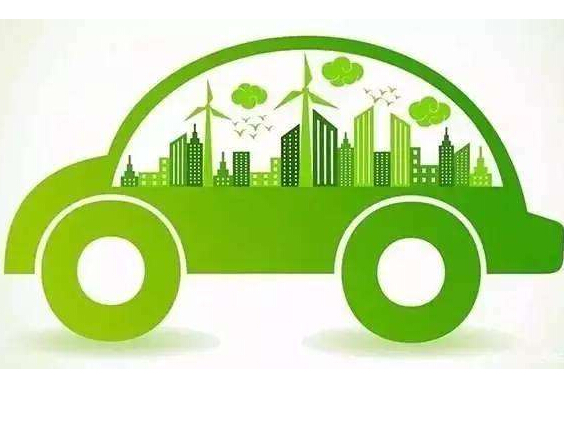
It is reported that, as of October 2017, the installed capacity of new energy buses reached 5672.26Mwh, of which 5242.37Mwh was installed on pure electric buses, accounting for 92.42%.
Chart 1: January-October 2017 New Energy Bus Capacity Statistics (Mwh)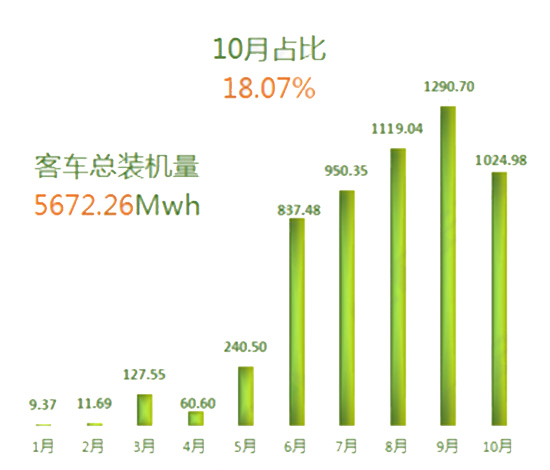
Data source: Power Battery Applications Branch Research Department finishing production
Bus is still dominated by more than 10 meters dominant large bus
From January to October 2017, the output of new energy buses ranked first with 37,502 vehicles, accounting for 86%, which is the core market of the entire new energy bus. On the current relevant information comprehensive point of view, first-tier cities new energy bus market is gradually becoming saturated, whether it is digging second and third tier cities, or road bus development, and even expand overseas markets, bus companies need to be prepared in advance to countermeasures.
51.28% of the buses with 86% of the production of new-energy passenger vehicles are over 10 meters long. In addition to the advantages of large loading capacity and practicality, Policies have also helped to push this phenomenon.
Figure 2: January-October 2017 new energy bus and non-bus each car long interval distribution
Data source: Power Battery Applications Branch Research Department finishing production
According to the subsidy scheme for new energy passenger vehicles in 2017, the maximum allowable subsidies for vehicles of 6-8 meters, 8-10 meters and 10 meters will be 300,000, 200,000 and 90,000 respectively. The author believes that the majority of current passenger cars are full complement of circumstances, such a large subsidy gap is to promote many bus companies as much as possible to produce more than 10 meters of the main bus.
Figure 3: 2017 new energy bus subsidy program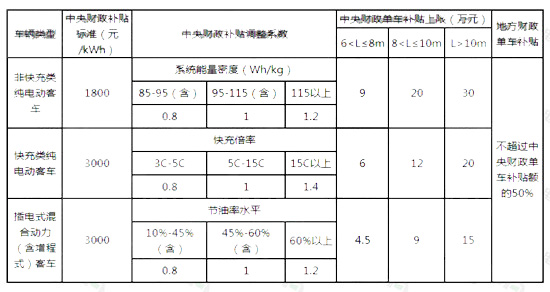
Data source: Power Battery Applications Branch Research Department finishing production
Figure 4: Internet transmission 2018 new energy bus subsidy program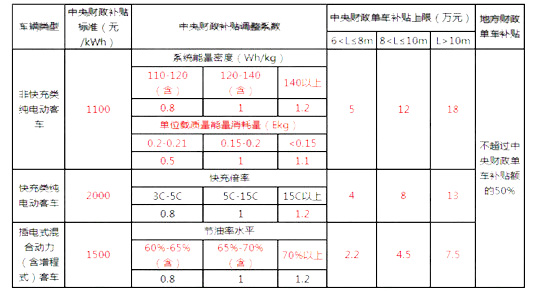
Data source: Power Battery Applications Branch Research Department finishing production
However, after the adjustment of the subsidy program in 2018, the situation may change. The author observed the 2018 new energy bus subsidy program, and the corresponding data on the subject, we found the following trends:
In addition to the central government subsidy standards and the overall downward adjustment of bicycle subsidies, different car tuning factors are also very noteworthy.
Three yuan rise of power can not rely solely on the number of batteries to increase energy density
Valid data for 1350 non-fast charge electric buses in the 2017-11 batch catalog. According to the net transmission 2018 new energy bus subsidy program, the system energy density above 140Wh / kg models currently have 10 models, the subsidy factor of 1.2; system energy density of 120-140Wh / kg models have 610 models, the subsidy coefficient Is 1.0; there are 364 models with system energy density of 110-120Wh / kg and the subsidy coefficient is 0.8; there are 366 models whose system energy density is under 110Wh / kg and can not get subsidies.
For passenger car prices, how to get the highest subsidy is the key. It is noteworthy that, to get the highest subsidy factor model appeared only in the first 11 catalog 10 models, of which three models using a ternary battery.
5: 2017 1-10 batch catalogs non-fast charging pure electric passenger car system energy density accounted for

















 RCCN WeChat QrCode
RCCN WeChat QrCode Mobile WebSite
Mobile WebSite
